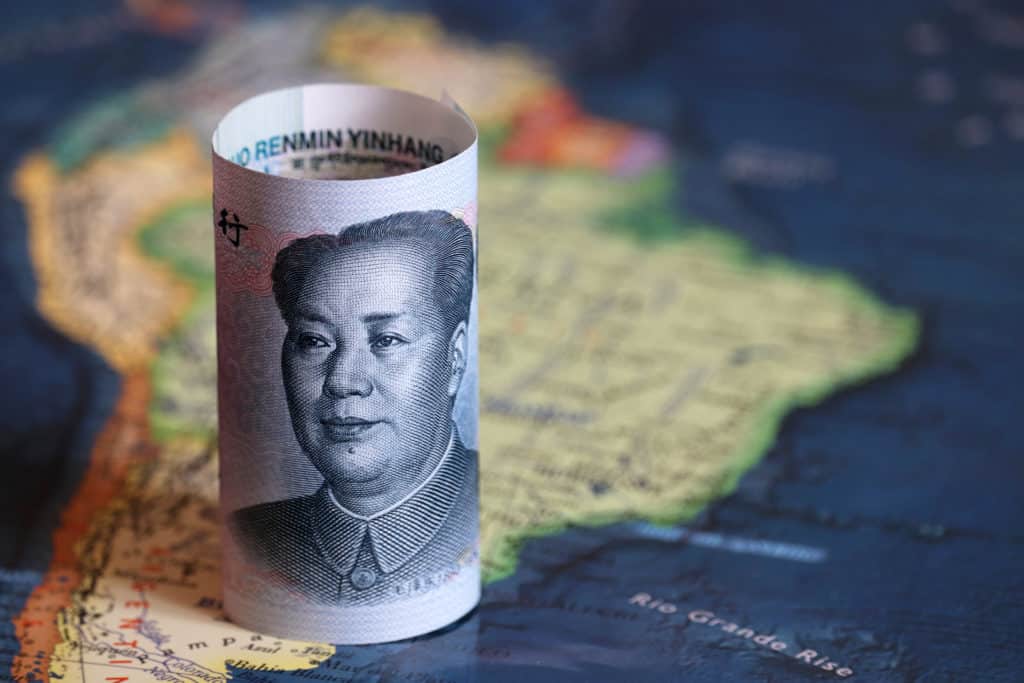
Most of Washington finally realizes – even if grudgingly – that the People’s Republic of China (PRC) is a threat. Indeed, President Trump’s challenge resembles that of Ronald Reagan taking over in 1981 from a feckless administration that allowed America’s main enemy to gain the advantage.
It looks like another Cold War – of the sort the US and the Soviet Union waged from 1945 to 1991.
Should we call it “Cold War 2”?
Sometimes language matters, and sometimes it doesn’t matter. In this case, it doesn’t.
For starters, a large chunk of the American population wasn’t even born when the Cold War ended. The expression won’t resonate.
Even more, the Chinese don’t distinguish between “cold” war or any other type of war. To the Chinese Communist Party (CCP), war is war. The absence of shooting (going “kinetic”) doesn’t mean it’s not a life-or-death fight. Anything goes.
The Soviets wouldn’t have dared to kill well over half a million Americans with fentanyl during the Cold War – as the PRC has done over the last decade.
The Chinese barely shrug when faced with the evidence of their “drug war” against America.
Different from the Cold War
The current struggle with the PRC is different from what the US faced with the USSR during the Cold War.
China, unlike Russia, could potentially dominate and defeat the United States. Maybe not tomorrow, but wait a decade or two.
The People’s Liberation Army (PLA) is also a bigger military threat than was the Soviet military – especially considering the nature of the regime behind it and the PRC’s economic clout.
The Soviet Union was not an economic power in any sense and the US did little business with it.
China, on the other hand, is a global superpower thanks to US investment and technology doled out over four decades and the ill-advised admission of the PRC into the World Trade Organization.
And, worse, the United States is dangerously if not suicidally dependent on Chinese manufacturing, strategic minerals, components, pharmaceuticals and much more.
Even US military supply chains are deeply tied to the PRC. That would have been unthinkable with the Russians and there was an entire COCOM export control regime to keep US and Western technology away from the Soviets.
Read more HERE.
- China Taking Taiwan Would Hurt US Interests Globally: Newsham - December 16, 2025
- China, Look at the Numbers: Japan Threatens Nobody - December 8, 2025
- Newsham Breaks Down Latest China–Japan Standoff Near Senkakus Islands - December 4, 2025
